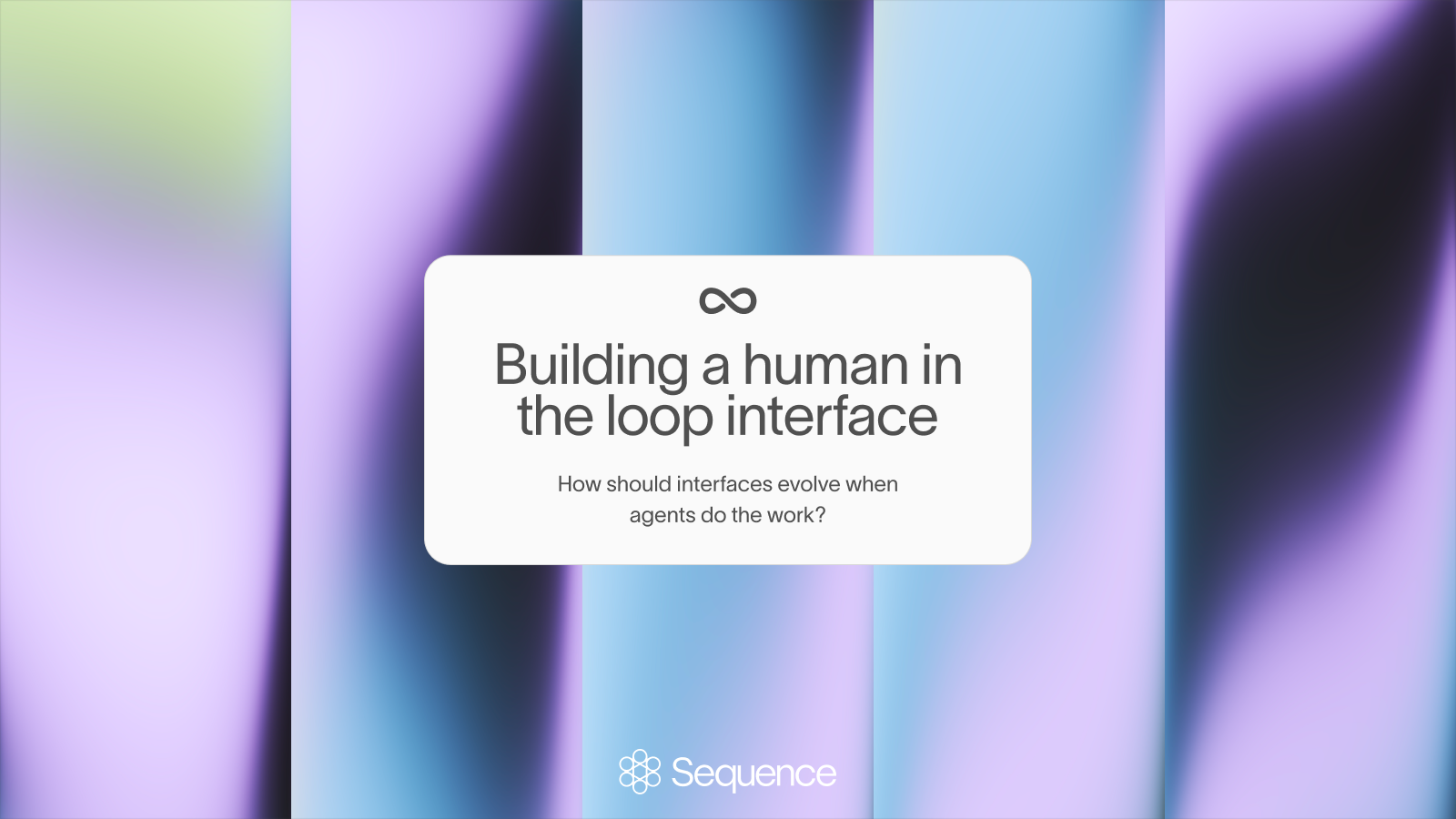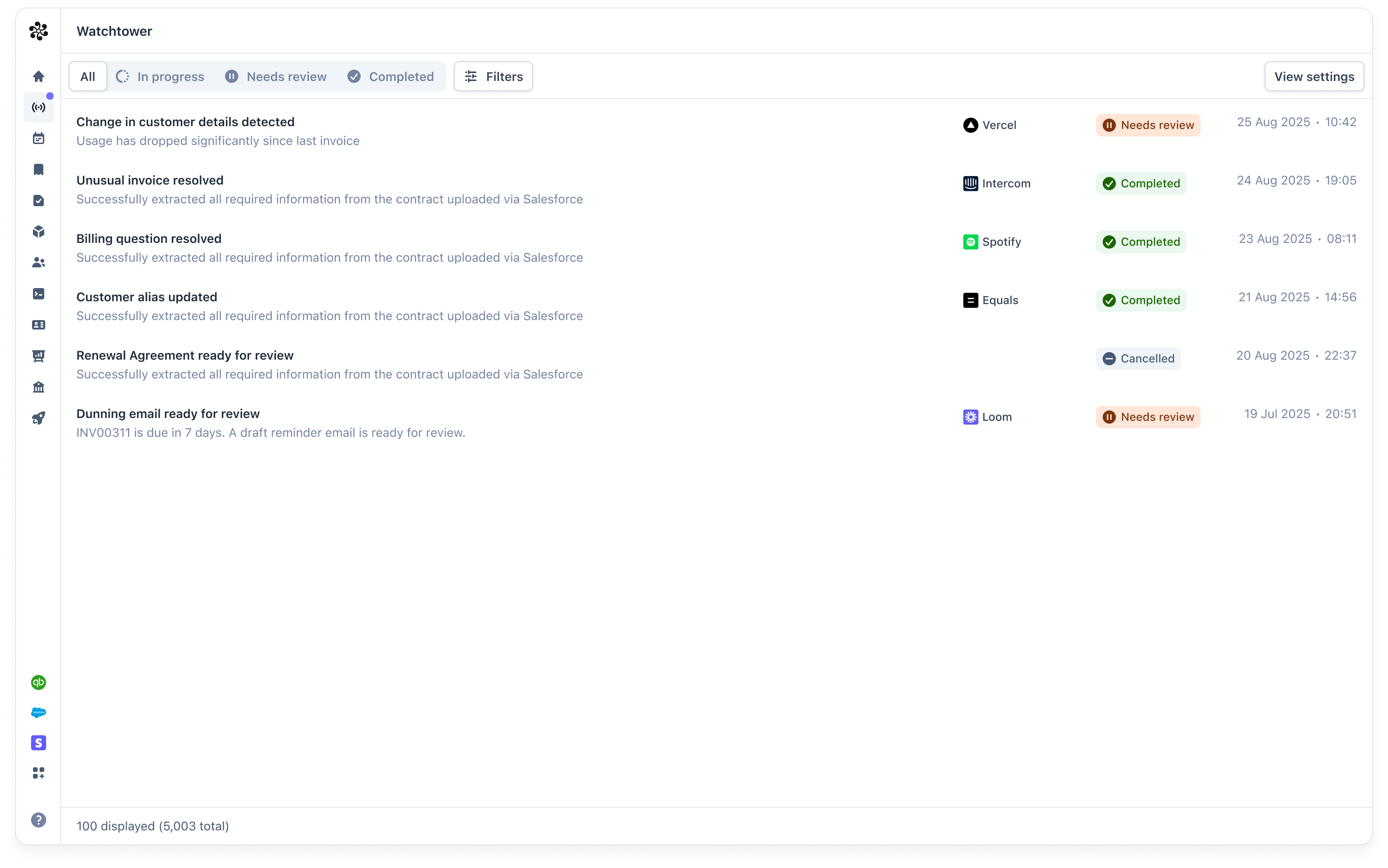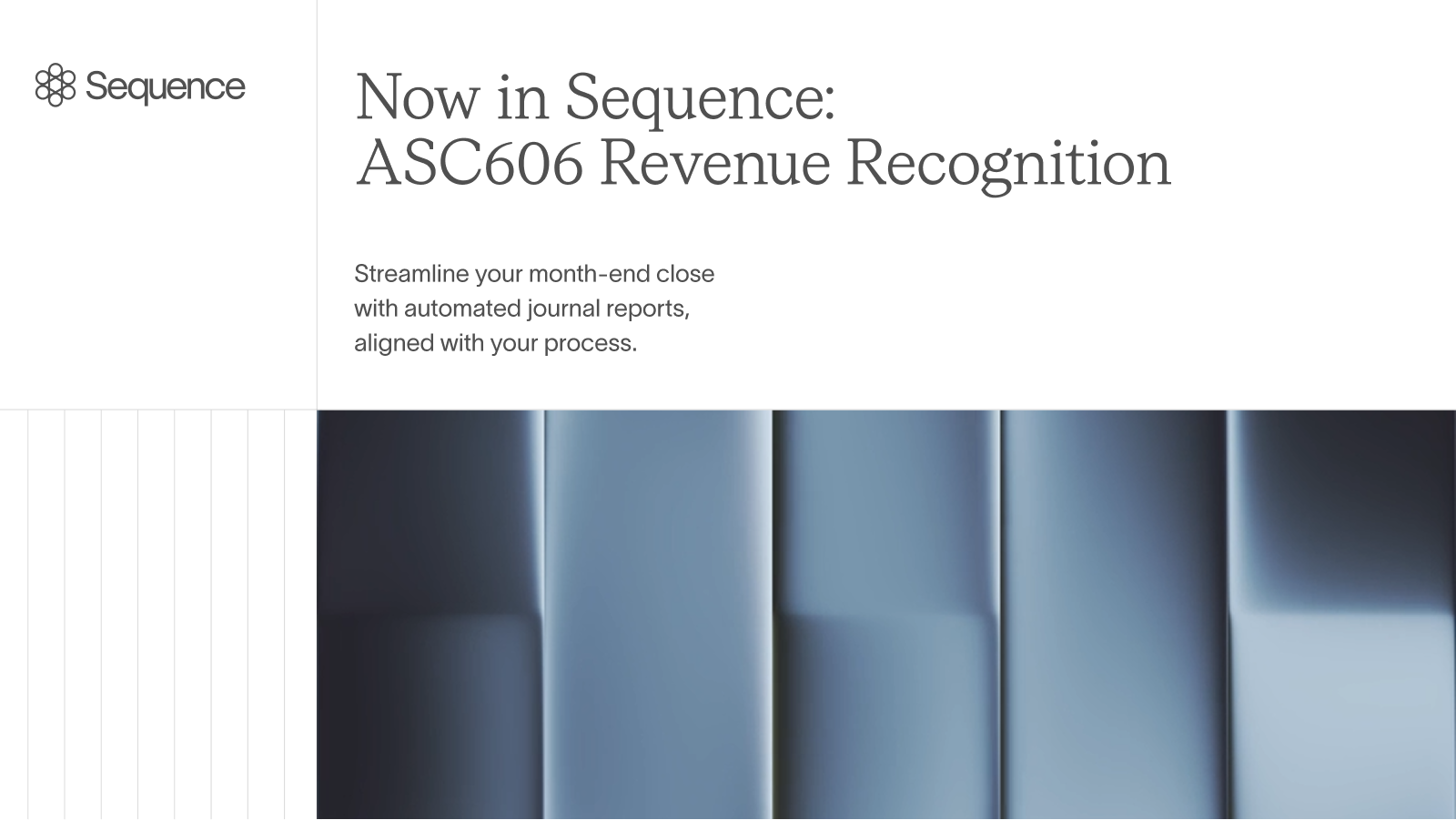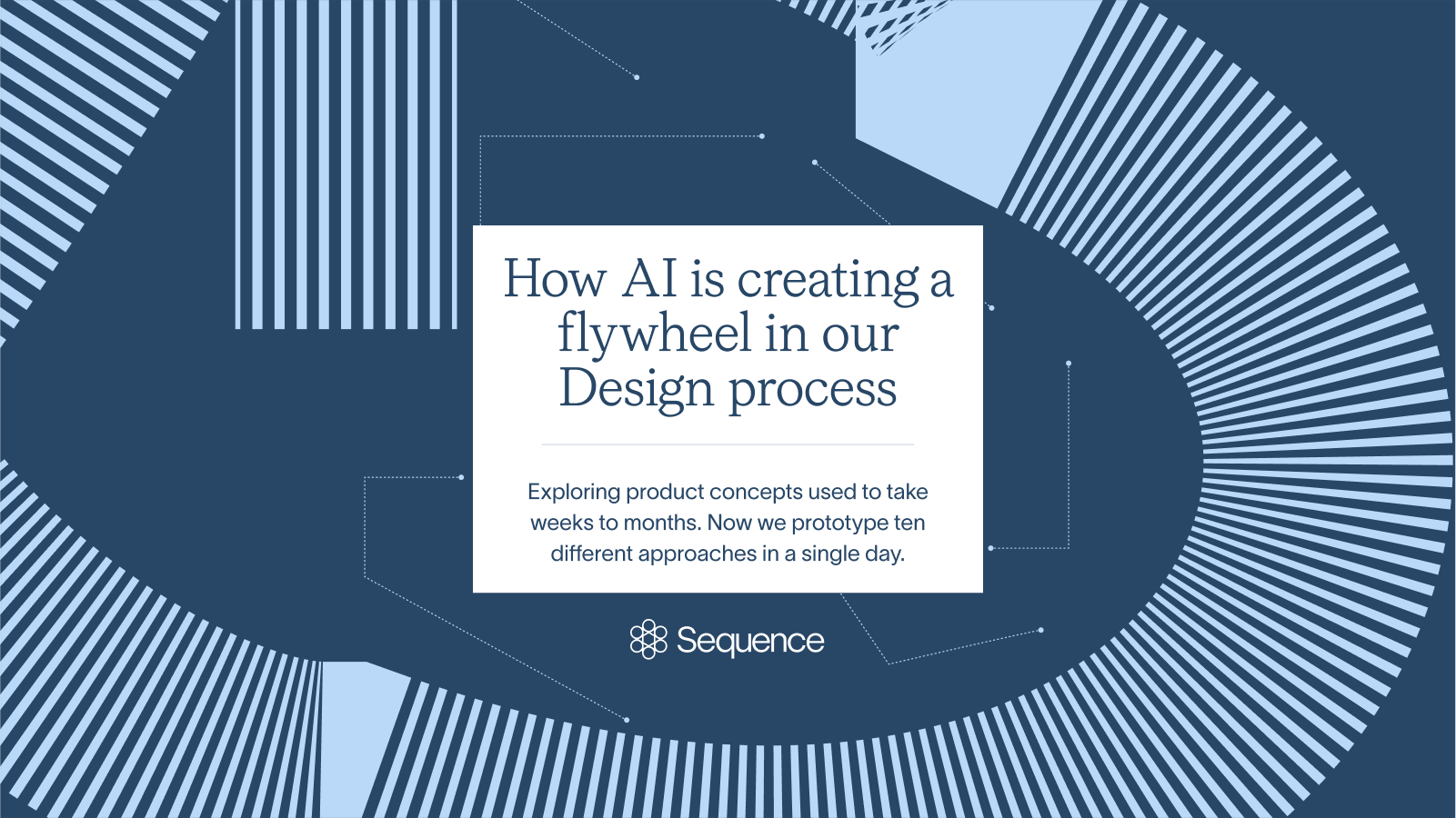Merlin Kafka
Building a human in the loop interface
We're starting to see the early signs of a new operating model for software. One where agents anticipate what operators need and complete multi-step workflows autonomously. Instead of humans operating software, humans oversee agents operating the software.

Most B2B software works something like this: You log in to a dashboard to complete a workflow, update a record, query some data or generate a report. The interface is designed for a human operator to complete tasks.
We're starting to see the early signs of a new operating model for software, where agents anticipate what operators need and complete multi-step workflows autonomously. Instead of humans operating software, humans oversee agents operating the software.
This creates some surprising interface challenges: How does a user even know what work was completed?
When value becomes invisible
When AI agents work silently in the background, their value becomes less visible to operators.
Imagine an agent that parses sales contracts, answers billing questions, and reviews invoices automatically. From a technical perspective, it's remarkable. But as a user, I'm left wondering: What just happened? What did the AI actually do? Can I trust it? Should I be worried that I didn't see it happen?
There’s also a commercial friction point. Software that delivers value invisibly risks being forgotten (and replaced). The optics are important.
Resolving this tension requires interfaces that surface completed work in ways that build trust, demonstrate value, and enable control.
Command centers as a new interface
A new paradigm around human-in-the-loop interfaces is slowly emerging. These interfaces are a hybrid of an inbox, ticketing system and audit log.
Making AI decisions auditable by default
In sensitive domains like finance, healthcare, or legal, work has to be auditable. Command centers log every action an agent takes. What it did, what data it used, what reasoning led to the outcome. Operators can trace any decision back to its source.
Surfacing invisible work
Command centers make autonomous work visible through activity feeds. Operators see exactly what was completed: 47 contracts processed this week, 3 items requiring review, etc. If you’re selling this type of software, it now becomes straightforward to show value: "Our agents processed 2,400 contracts this quarter." It’s now obvious that this agent is doing real work.
Handling approvals
Complex situations require human judgment and edge cases need manual review. Command centers serve as a unified interface for exceptions and escalations across all agent workflows.
Collapsing vertical workflows into one interface
Traditional software organized itself around discrete actions users performed. Agents don't need to respect these boundaries. A contract parsing agent might touch billing, revenue recognition, and customer provisioning in a single workflow. A unified command center emerges as a natural consequence because the old "feature area" model no longer maps to how work actually gets done.
Implications for other domains
This pattern will become ubiquitous across B2B software.
Customer support teams will use command centers to review which tickets their AI resolved overnight and which require human empathy. DevOps teams will see which infrastructure issues were auto-remediated and which need manual investigation. Sales teams will check which leads the AI qualified, which demos it scheduled, and which prospects need a personal touch.
Fundamentally, humans don't want to be removed from the loop - they want to be elevated, focusing on judgment, oversight, and exceptions rather than repetitive execution.
How we're applying this at Sequence
At Sequence, we're building AI-first revenue automation for B2B finance teams. We started with a question: if agents are handling repetitive busywork like parsing contracts autonomously, how do finance operators maintain control?

Today we're launching Watchtower: a centralized command center where operators review and approve AI-completed work. Finance teams open Watchtower and immediately see what their agents have done. Every action is auditable. Operators can approve routine work or dig into specific decisions when needed.
With Watchtower, work completed by agents becomes visible, auditable, and controllable.
Merlin Kafka
Related articles

Launching Sequence Revenue Recognition
Complex accounting, made simple. Streamline your month-end close with automated journal reports, aligned with your process. ASC 606 and IFRS 15 compliant.
Merlin Kafka

How AI is creating a flywheel for Design
Exploring product concepts used to take weeks to months. At Sequence, we now prototype ten different concepts in a single day. Using AI, we can now systematically explore a larger solution space than was previously economical.
Merlin Kafka

Announcing HubSpot CPQ
Today we're launching HubSpot CPQ, a deeply embedded sync between Sequence and HubSpot deal / customer objects to solve a fundamental problem for revenue teams: keeping HubSpot as the source of truth for pricing while using Sequence for quote to cash. Sales teams want to prepare quotes in Sequence while maintaining all deal context and pricing visibility in HubSpot. Without proper synchronization between your CRM and CPQ module, pricing data lives in silos, deal records become incomplete which then upset pipeline management and deal forecasting for sales, automations and renewal opportunities for CS, and reporting workflows for RevOps and Finance.
Riya Grover